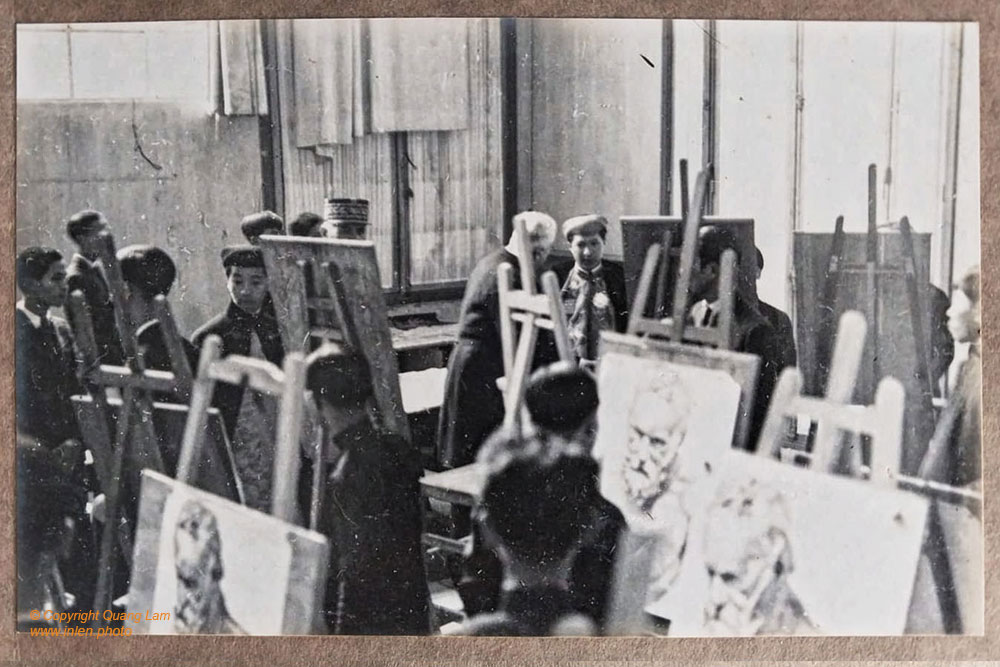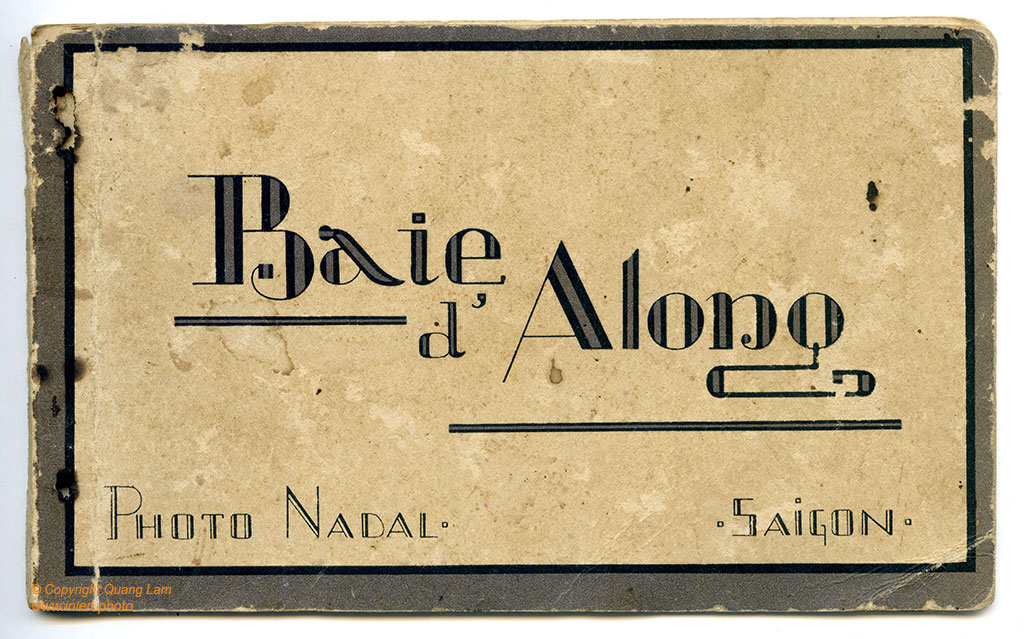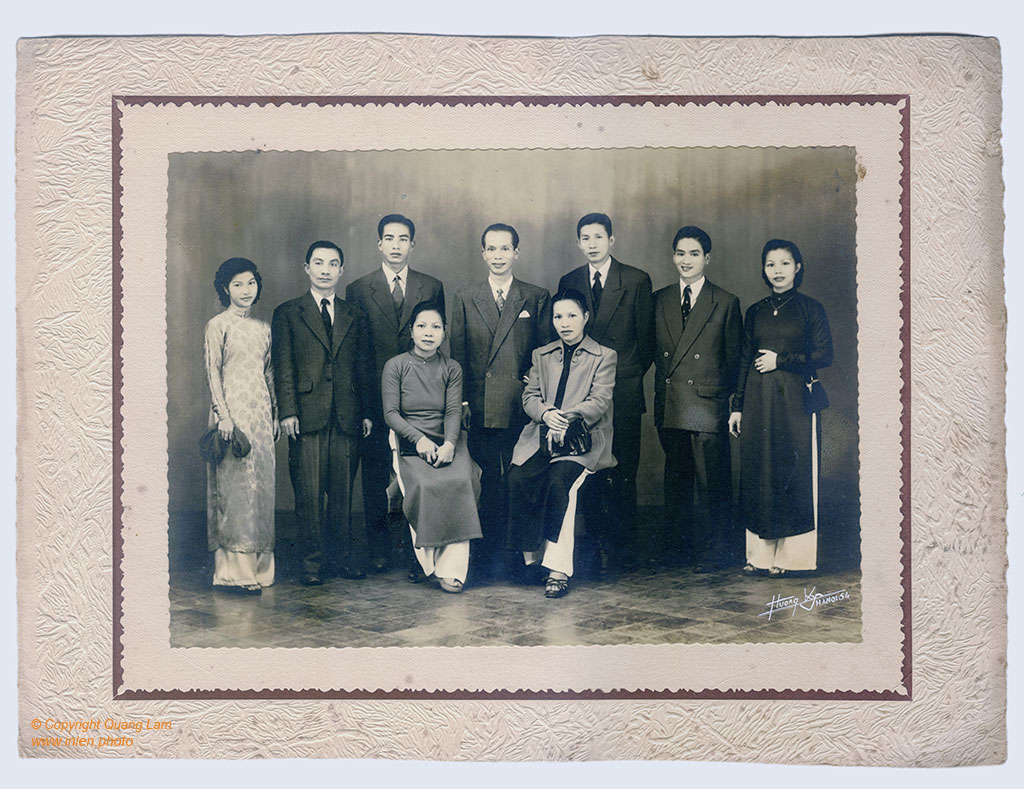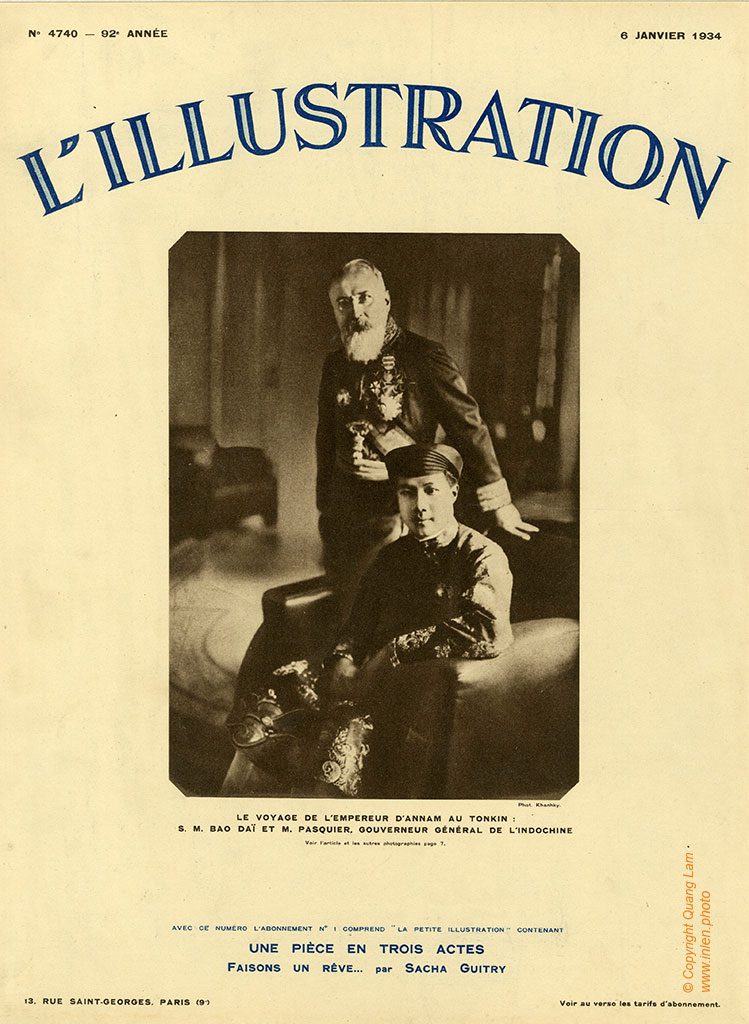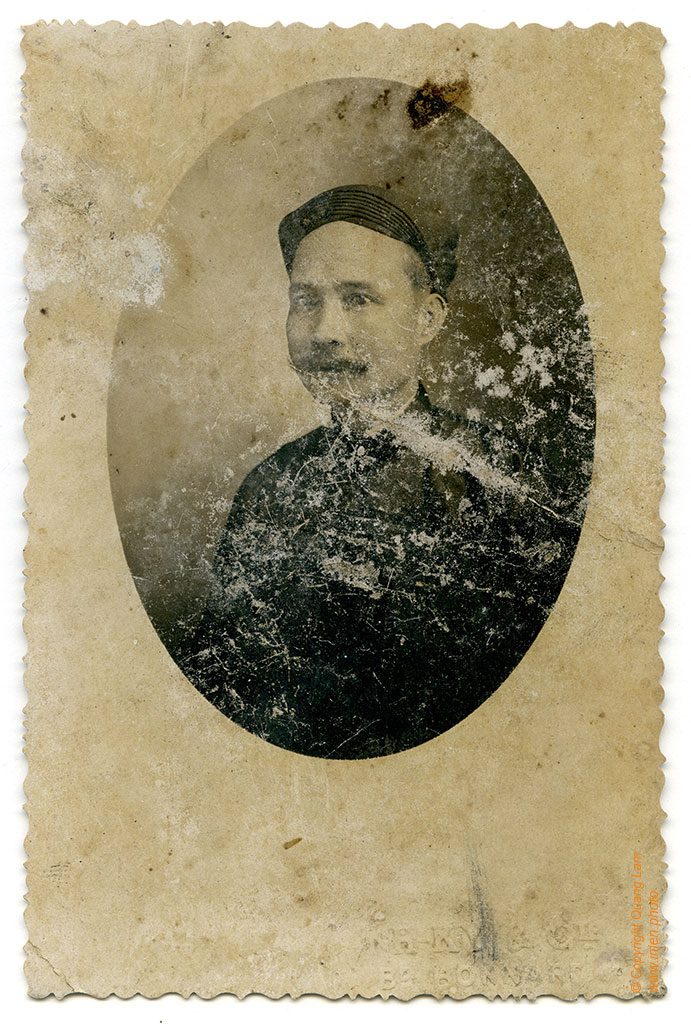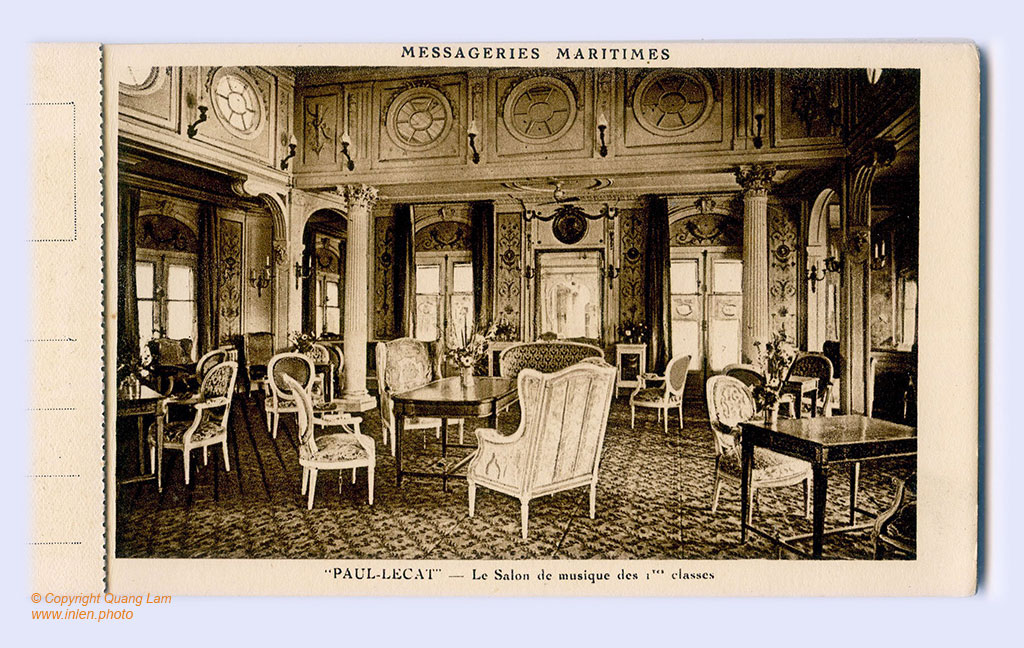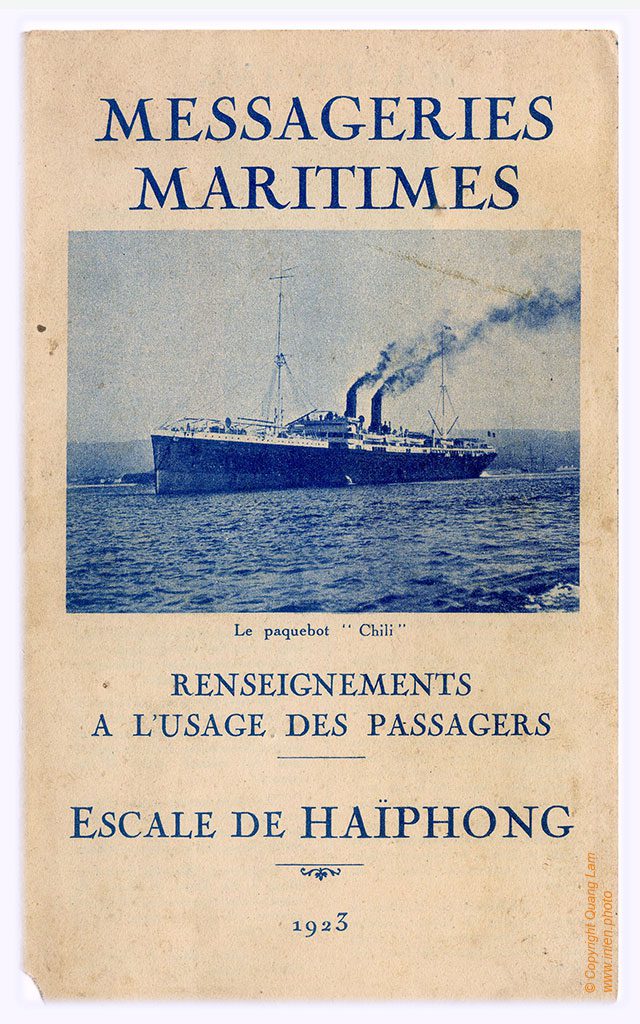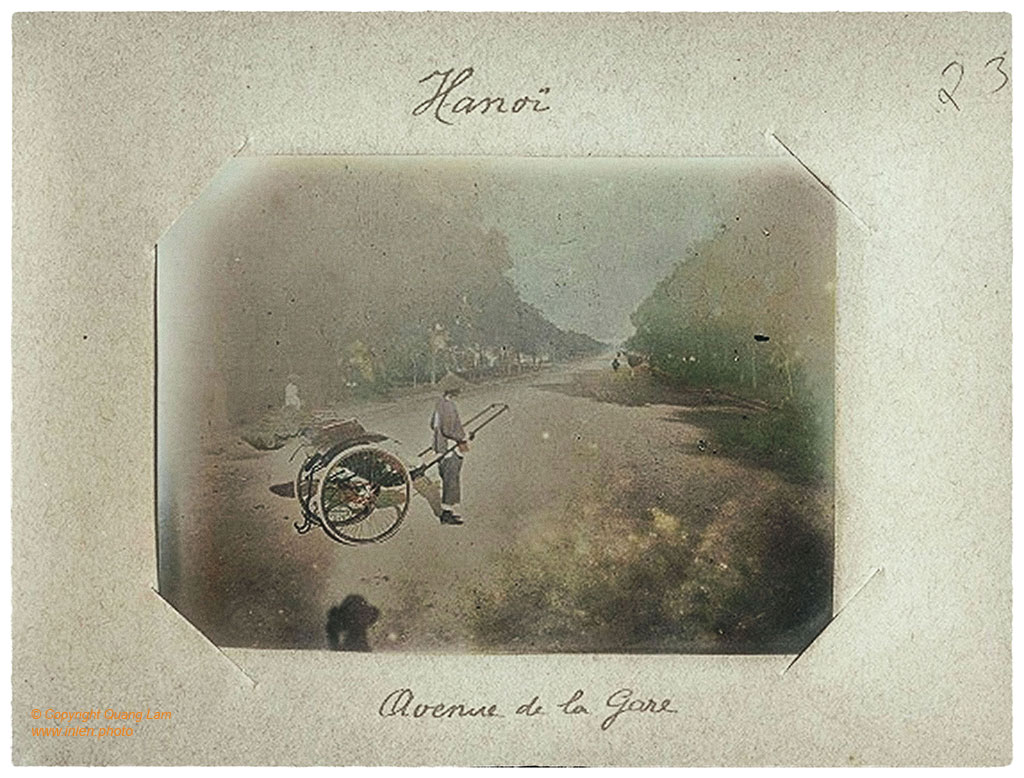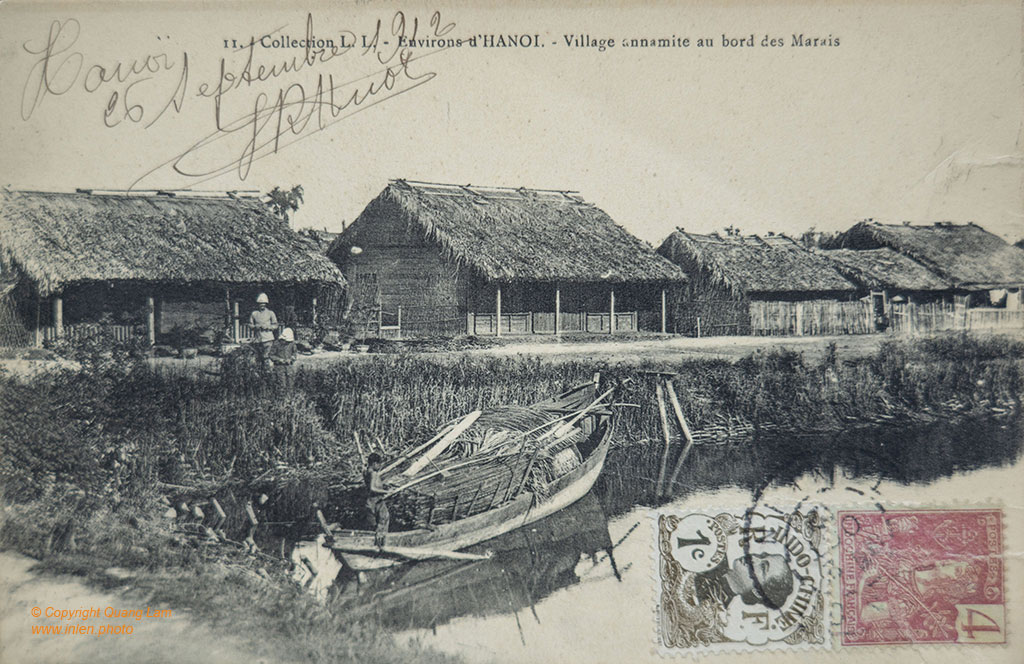This never published series of photos are taken from the album “”Respectful homage of the house Huong Ky Photo to Mr. The Minister of National Education in memory of the trip of H.M BAO DAI in Tonkin”.
Gallery Inlen Photo is proud to be the first to show them publically in collaboration with the French galerie Vincent Joly dedicated to Indochina arts for the the centenary of the founding of Indochina School of Fine Arts (1924-2024) now the University of Fine Arts of Hanoi.
[…]
Fernand Nadal, born in Algeria, arrived in Saigon in the 1920s. His first advertisement in the magazine Indochine française (1922) described his activities as follows: “Art Photographie—Photography for business” and “Publishing: postcards, photo albums, and documentaries on Cochinchina, Cambodia, and Annam.”
Unlike other studios that focused primarily on portraits, Nadal’s work provided a documentary perspective of that era. He published over 2000 photos, with notable albums including:
- Ruines d’Angkor: A collection of photographs showcasing the ancient temples of Angkor.
[…]
The name of Huong Ky Photo is more associated to the history of cinema in Vietnam than to Photography.
Located in Hang Trong Street (Rue des tambours), Hanoi, the studio photo was established in 1905 by Mr. Nguyen Lan Huong (1887 – 1949).
This street is famous for the production of a specific woodcut paintings. The craftsman only prints the black outlines of the image, then will finish the details by hand.
[…]
Text from the article
THE VISIT OF THE EMPEROR OF ANNAM TO TONKIN
We mentioned, in our last issue, the visit that the Emperor of Annam Bao Daï made to Tonkin during the first half of December. We have since received some new photographs which illustrate with a picturesque commentary this study trip of the young sovereign, the impact of which was considerable in all the cities and regions he traveled.
[…]
Khanh Ky’s real name is Nguyen Dinh Khanh (1874-1946), opened a photography studio in 1892 on Hang Da street. The business being successful he opened many studios in Hanoi, Haiphong, Saigon (1907, 1924) even in China at Guangzhou (1924).Unlike other photographers, he attached particular importance to train his operators who mainly came from Lai Xa village, in Ha Dong province who is considered as considered the cradle of Vietnamese photography.
In 1910, Khanh Ky went to France to study photography.
[…]
The steamliner began his career on September 22, 1912 on the Far East line. In 1914, it was, with its 13,000 gross tonnage, the largest and most luxurious of the Company’s liners, the only one able to offer “luxury” cabins, equivalent to the North Atlantic lines.
Some excerpts of the travel story on Jeanne Marie Méchin aboard the Paul Lecat in November 1923 between Marseille and Saigon. These letters take a month to reach France till the France-Indochina air mail link reduced the time to one week.
[…]
Text from the leaflet
HAIPHONG, the port of the French Protectorate of Tongking, is situated at the far end of the Gulf of Tong-king, on the Cua-Cam, 90 minutes from the sea, and is 8229 miles from Marseilles. Its population is about 75.000, of which the French and Chinese number 15.000.
Fine streets and spacious boulevards bordered by brilliant flowering trees and shrubs give the town a most cheerful appearance. Among its most important buildings are the Residency,
[…]
This album is a rare archive containing snapshots and instant photos made by M. Barbet on his trip from Marseille (France) to Hanoi (Vietnam formerly Indochina ) in the early 20th century on the steamliner of the company Messageries Maritimes .
Usually at that time, photography practice was made by professional photographers because the process involved heavy and voluminous gears to be setup. The low sensitivity of the film also needed a long exposure time.
[…]
Theses postcards written in early 20th century are unique archive sent from Ha Noi to different capitals of the world (Paris, Beijing, New York, Bruxelles, Hong Khong) give an historical value to the artworks
These conceptual maps are related to the colonialism epoch of Viet Nam in the early 20th century.
Hanoi is drawn in transparency over the foreign city meaning the lost of sovereignty of Hanoi at the expense of the external powers.
[…]
